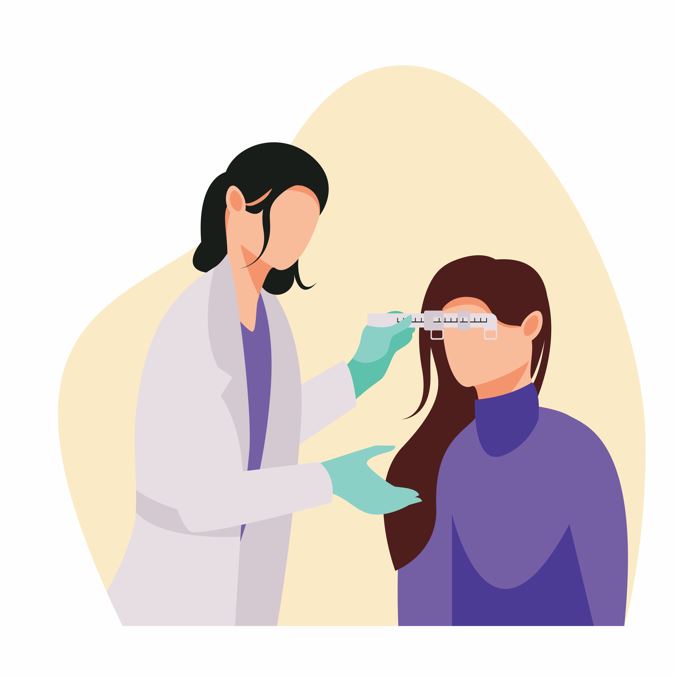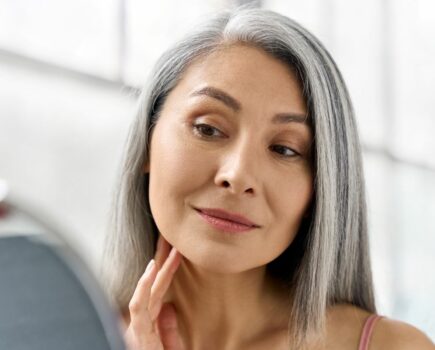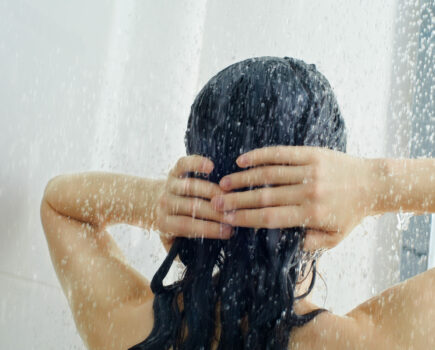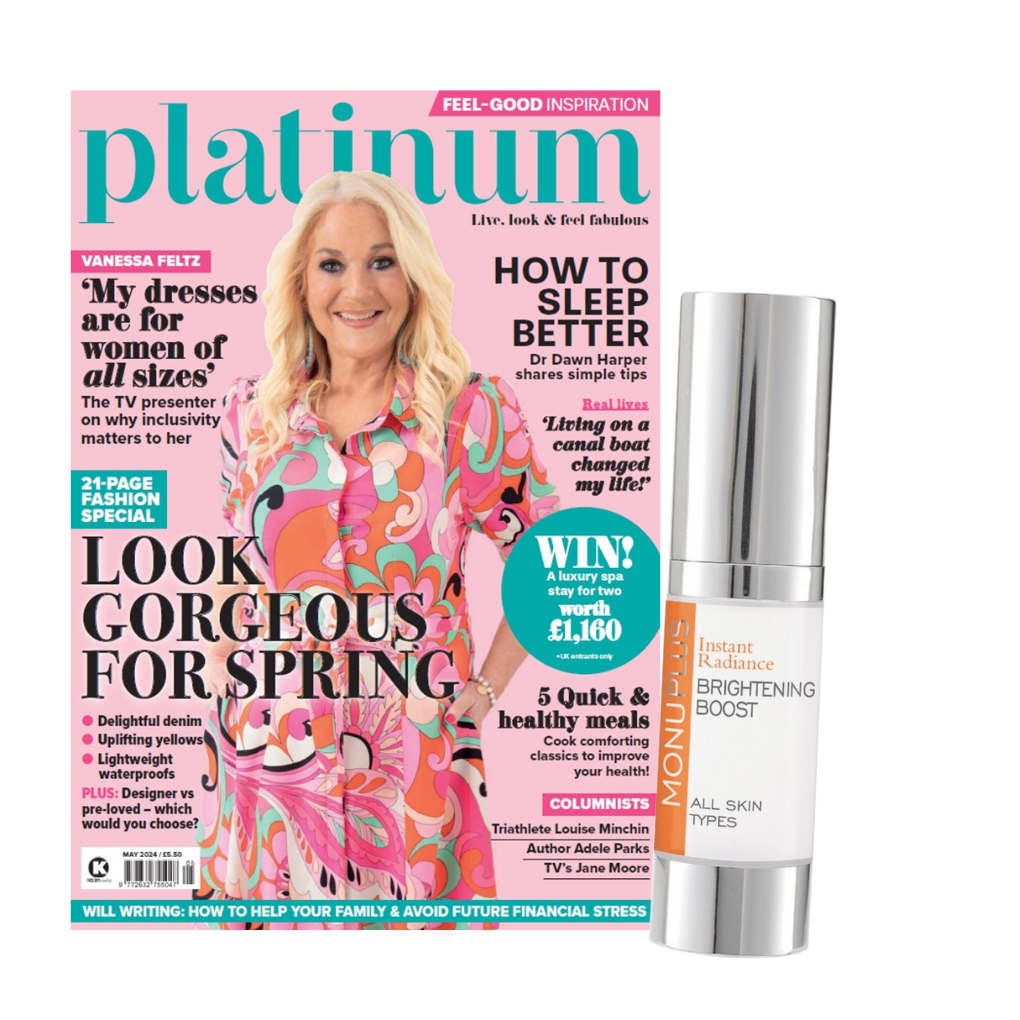Changes in hormones around menopause can play havoc with our bodies – and our eye health. Consultant ophthalmic surgeon and aesthetic practitioner Dr Elizabeth Hawkins explains why eye problems occur in menopause and the cosmetic treatments that can resolve them.
Dry eyes
“Dry eye syndrome, or xerophthalmia, is extremely common eye health problem to look out for in menopause,” explains consultant ophthalmic and oculoplastic surgeon, Dr Elizabeth Hawkes, “Symptoms of dry eye are manifold and can present with a variety of symptoms such as being uncomfortable, itchy, gritty, red and sore, affect the vision, light sensitivity and increased watering. During the menopause, significant fluctuations occur in hormones such as oestrogen and androgens, which can affect tear production. So once the natural hormone balance is altered during menopause, the eye feels the impact.”
Blepharitis
“The hormone changes that occur during the menopause can result in blepharitis,” explains Dr Elizabeth Hawkes. “This is a chronic inflammatory condition of the eyelids, which can cause an overgrowth of bacteria on the eyelashes and eyelids.
“The symptoms of Blepharitis include red eye, burning, stickiness, excessive watering, discomfort, light sensitivity and foreign body sensation. It can also cause excessive eyelid closure or twitching, ‘blepharospasm’, which sometimes requires regular botulinum toxin injections around the eye and brow region.
“There is unfortunately no cure as such for blepharitis, so the mainstay of treatment at all stages is lid hygiene to control the bacterial build-up.”
Droopy eyelids
‘The eyelids are one of the most delicate areas of the face due to their structural complexity and function,” explains Dr Elizabeth Hawkes. “They are usually the first facial feature to show signs of ageing, which include fine lines, excess skin, and prominent ‘eyebags’. This can result in eyelid heaviness and a constantly exhausted appearance. There are multiple reasons why ageing occurs in the eyelids. Firstly, the skin sags due to loss of elastin, which is an essential protein for maintaining skin elasticity. A loss of elastin is common during the menopause.
“This causes the appearance of excess skin, which is known as dermatochalasis. Secondly, the underlying major eyelid muscle (orbicularis oculi) which encircles the eye, becomes weak and bulky which also contributes to the appearance of eyelid heaviness. Another problem to look out for in menopause is the appearance of ‘eyebags’. This is due to the forward prolapse of orbital fat, which over time cannot be held back by the weakening orbital septum. In severe cases, the field of vision can be partially obscured by excess overhanging skin.
“Blepharoplasty surgery is performed to improve the appearance of the eyelids by remodelling their structure.”
Dark circles
‘The anatomy of eyelid skin is complex and unique,” she adds. “In contrast to the rest of the face, the eyelids do not have a subcutaneous layer of fat directly underneath the skin. For this reason, eyelid skin is prone to appear darker than the rest of the face. Volume loss under the eyes is one of the main causes of dark circles in this area and something that is common during the menopause. This can be treated easily with tear trough fillers. Hyaluronic acid is injected into the area via a cannula. The procedure lasts approximately 12-18 months and it can dramatically improve the appearance of dark circles under the eyes.”









